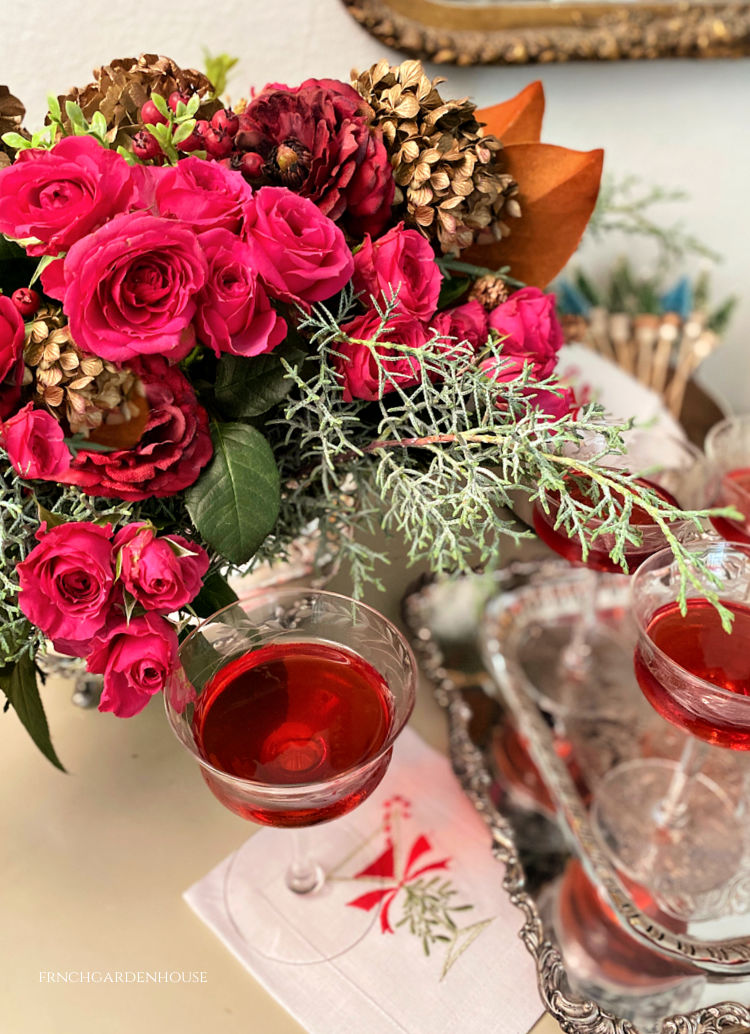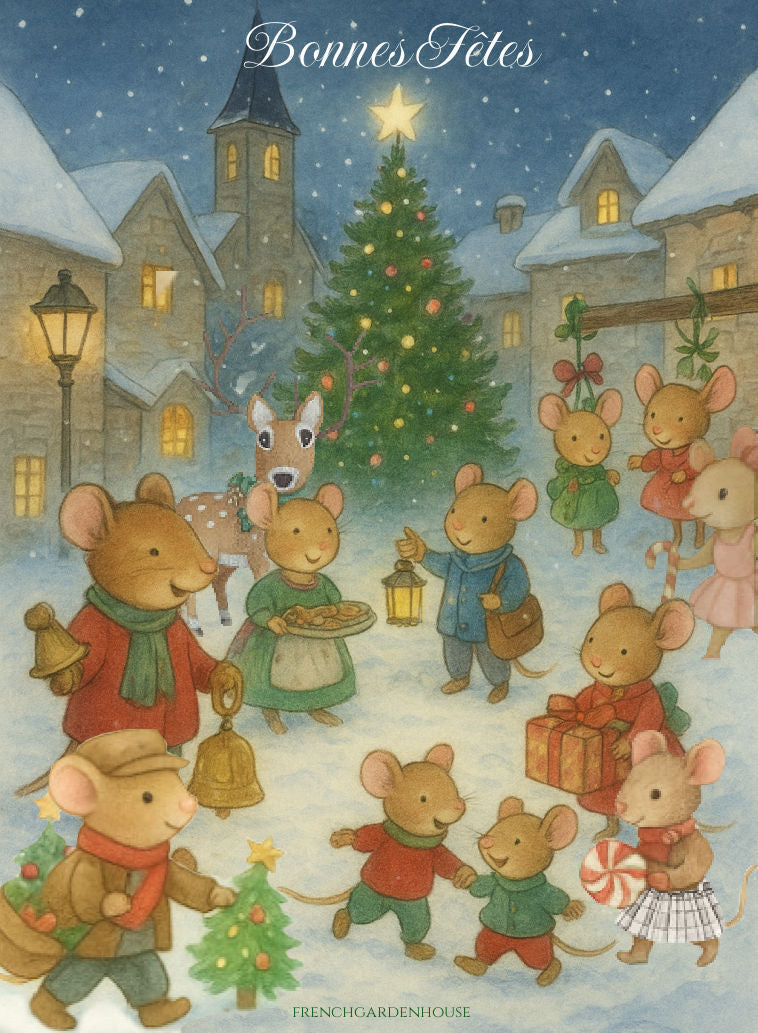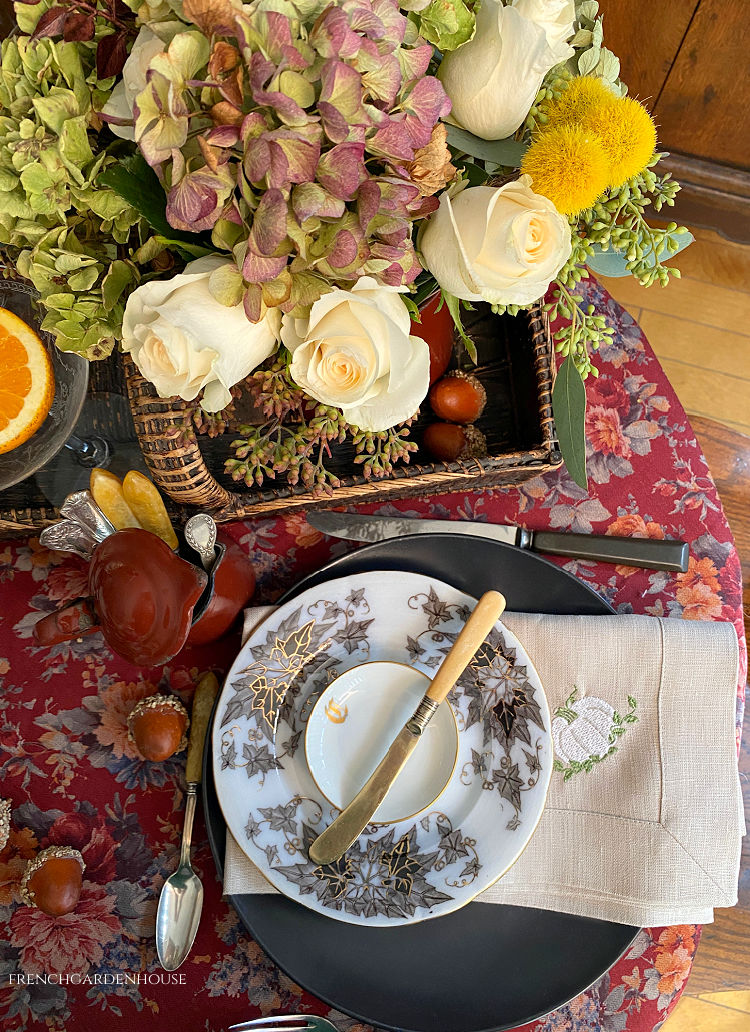Collecting Antique Portrait Miniatures
April 21, 2021 4 min read 9 Comments


Bejeweled Lady Portrait Miniature
The History of Portrait Miniatures.
The very first portrait miniatures date to the early sixteenth century, appearing on illuminated manuscripts. Artist painted tiny portraits in watercolor on velum, which were then glued down on card. Especially in the European royal courts, the little paintings were much loved. Before the invention of photography, this was the way to be able to view someone you loved when you were not with them. Little miniature portraits were given as diplomatic gifts, or tokens of love. They were exchanged during marriage negotiations, and beloved mementoes of births and deaths. Portrait of Marie Antoinette after Le Brun
Portrait of Marie Antoinette after Le Brun

Antique Miniature Portrait in original black frame
Miniature paintings like this fell out of favor in the beginning of the 19th century. The wearing of portrait miniatures in brooches, lockets etc. wasn't fashionable any more. There was still a market for portrait miniatures {often copies of well-know real life portraits} painted on larger ivory wafer thin sheets, which were framed in little wooden or bone inlaid frames to be hung on the wall.
Once photography was invented in 1839, miniature portrait painting fell completely out of favor. By the end of the 1800's, almost none were painted anymore.
Portrait of Lady in Yellow Gown
What they were painted on.
Vellum. The earliest miniatures were most often painted on vellum with watercolors. Vellum is a translucent, primed thin calf skin. The little paintings were then glued onto a card with starch paste. Plumbago. At the end of the 17th century a new kind of miniature, called a plumbago, was introduced by artist David Loggan. He created monochrome portraits with graphite on vellum or parchment. They were made to be the basis of engravings, but by the late 18th century, they were works of art in their own right. These types of portrait miniatures are extremely rare, and fetch amongst the highest prices at auctions. {think tens of thousands.} Ivory. During the "golden age" of portrait miniatures in the early 18th century. vellum was replaced by ivory. Ivory was much better for painting flesh tones for the little portraits than vellum. Ivory was the most favored base for portrait miniatures until the end of the 19th century. Enamel. Enamel came into fashion during the late 18th century. Considered a more "lasting" material the portrait enamels were painted on copper, or sometimes gold. Fired in a kiln, it really required a high artistic skill level and much more time to make these. {and therefore the artists could charge more!}
What to look for.
Buy with your heart. When buying antique portrait miniatures, my very first and best tip is always to buy what you love. A miniature painting should make you love it. It can be the subject, the colors, or the painting style itself. But you should have a heart connection with a miniature portrait. Buy the best you can afford. Always, buy the best you can afford. Look at the condition of the portrait. There shouldn't be any damage, especially to the face. Buy in good overall condition. These are antiques, and it is possible that collectors and owners before you have loved your portrait so much that they took it off their wall and held it close to their heart many, many times. A frame with slight paint wear shouldn't put you off buying a portrait miniature you love. But do look for signs of mold. If at any time the miniature portrait was stored in a damp or humid place, mold can eat away at the gum arabic (a natural sap used as a binder for watercolors} and spread. Don't pass up miniatures that aren't signed. Not all portrait miniatures were signed. A signature, date, and inscription are great to find out about the artist, the time the portrait was painted, and who the "sitter" was. But there are plenty of lovely portrait miniatures that are unsigned - they are often less expensive. Branch Out.
Miniature portraits were not just set into jewelry and little frames, often, especially enameled ones, were put into objets of vertu. Objects of vertu {also spelled as virtu} are small, exceptionally made boxes and containers. These are exquisite additions to your miniature portrait collection!
Branch Out.
Miniature portraits were not just set into jewelry and little frames, often, especially enameled ones, were put into objets of vertu. Objects of vertu {also spelled as virtu} are small, exceptionally made boxes and containers. These are exquisite additions to your miniature portrait collection!

French Gilt Jewelry Casket with porcelain miniature portrait.

 The little portraits are most often set into vanity jewelry boxes such as the gilt metal ones above, with their Limoges inserts.
This celluloid jewelry box features a painted portrait of Napoleon's wife, Empress Josephine.
The little portraits are most often set into vanity jewelry boxes such as the gilt metal ones above, with their Limoges inserts.
This celluloid jewelry box features a painted portrait of Napoleon's wife, Empress Josephine.
 Most of the miniature portraits we sell at FrenchGardenHouse are from the late 1800's. It is getting more difficult to find really nice ones, for a price point that isn't too prohibitive. {Much older portraits, or the ones from famous artists can cost up to tens of thousands of dollars each.}
Most of the miniature portraits we sell at FrenchGardenHouse are from the late 1800's. It is getting more difficult to find really nice ones, for a price point that isn't too prohibitive. {Much older portraits, or the ones from famous artists can cost up to tens of thousands of dollars each.}
Shop our currently available miniature portraits >
I hope you have enjoyed learning a little bit about the Secrets of Antiques - Collecting Antique Portrait Miniatures. As is often true, good things come in small packages! Don't forget to leave a comment and follow us and Victoria on Instagram or Facebook if you want to enter the Victoria | Monday Morning Blooms Give away! Each comment on each of the FGH posts from now until April 26th counts as one entry!
A BIENTOT
 Shop for the best in French Antiques, furniture with the patina of age, vintage accessories to delight you and your family & friends, and French Country utilitarian pieces. Treasures that make your home fresh, beautiful, inspirational and above all uniquely yours. Visit our shop FrenchGardenHouse.com
Shop for the best in French Antiques, furniture with the patina of age, vintage accessories to delight you and your family & friends, and French Country utilitarian pieces. Treasures that make your home fresh, beautiful, inspirational and above all uniquely yours. Visit our shop FrenchGardenHouse.com
9 Responses
Christopher F Ramirez
July 17, 2023
I have 4 tiny portraits. One of Napoleon, Lady gray, Countess de la Vicky, & Lola Mantez? I think. Where do I go for appraisal? I live in Albuquerque NM.
Lidy
August 22, 2022
I suggest you take it to your local antique store and ask them if they know an appraiser.
Bacs Arpad
August 22, 2022
Hi
I found a Josephine miniatur portret on the flea market. Are there specialist who can appraise it? It is in good shape, in bone frame. I‘ve learned a lot from your post. Thank you
Shirley @Housepitality Designs
April 28, 2021
Although all of the portraits you have presented are exquisite…must say that my fav is the “Josephine box”. Thank you for all of the wonderful history of these portraits.
Denise Carlson
April 22, 2021
I am in love with the sweet little miniature portraits, it would definitely be fun to collect. Thanks for all the information you provided on these always fun to learn new things.
Sharon Crigger-Stokan
April 22, 2021
Such beautiful miniatures! Each so special in is own way! Thank you for always being so generous in sharing your tips and secrets to antiquing, Lidy! I always love your gentle reminder to buy what we love and can afford!
Darlene
April 21, 2021
Wow! So informative I learned so much about these beautiful
Miniatures. I have a love of still life miniature paintings but none with such wonderful history’s.
Thank you for sharing.
Lorrie
April 21, 2021
This was so interesting and informative. Some of those miniatures are very charming.
Leave a comment
Comments will be approved before showing up.
Subscribe
Sign up to get the latest on sales, new releases and more …

French Christmas Decorating with Winter Flowers: Holiday Floral Inspiration
December 01, 2025 4 min read 6 Comments
Create a French Christmas home with simple greens, elegant flowers, and cherished antiques. Inspiring holiday floral arrangement for a warm, authentic French Noël.

🎄 A Christmas in the Village of Les Petits Souris
November 04, 2025 5 min read
Discover the enchanting story of Les Petits Souris—the felted mice of FrenchGardenHouse, they make a whimsical French village come alive at Christmastime.

Thanksgiving Breakfast for Two: Elegant French Country Antique Table Setting
November 03, 2025 5 min read 10 Comments
Create a cozy Thanksgiving breakfast for two with French antiques, seasonal blooms, and a touch of European charm.

Lidy
July 20, 2023
Christopher, I suggest you either contact a local antique store and ask if they know of an appraiser, or google online appraisers who will, for a fee, give you an appraisal.